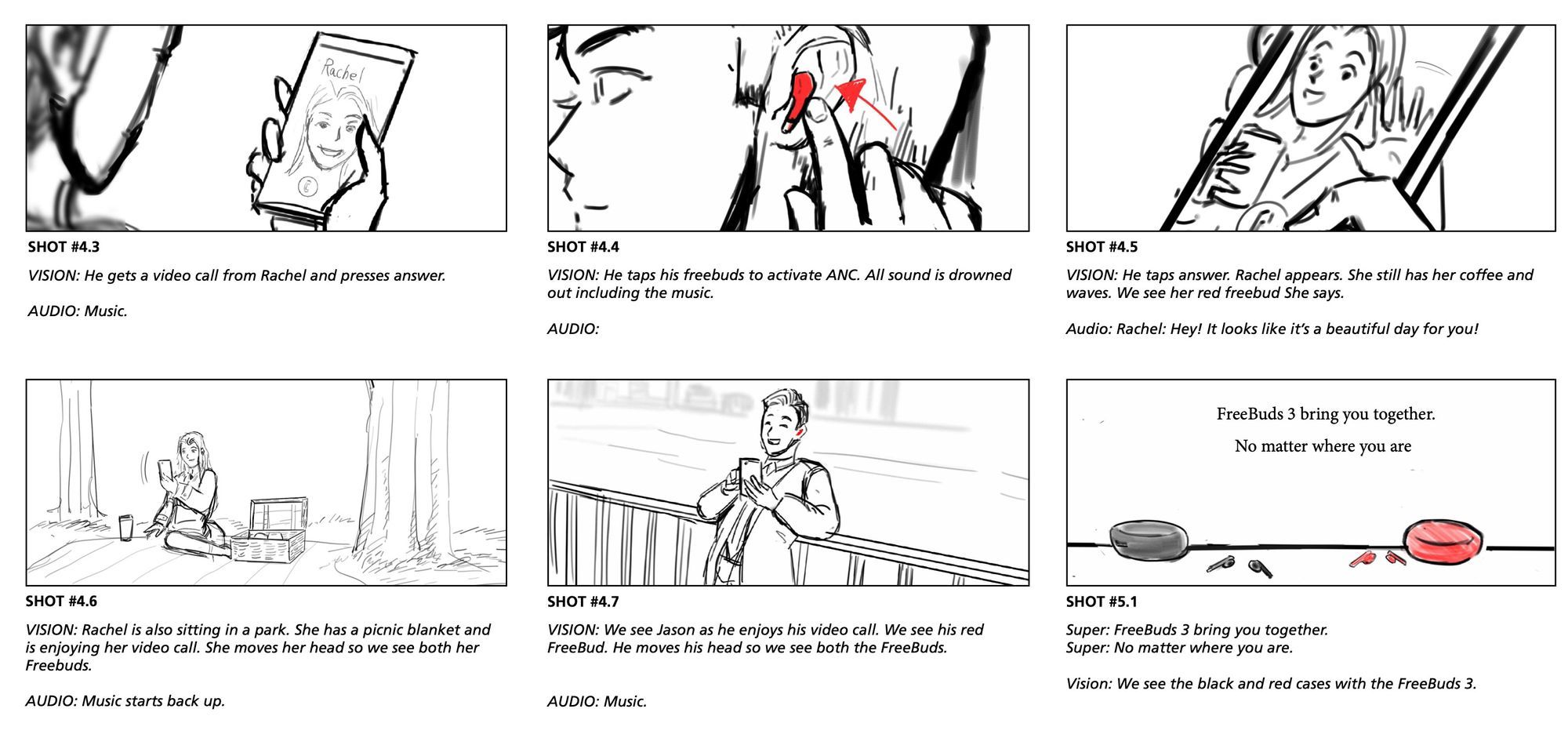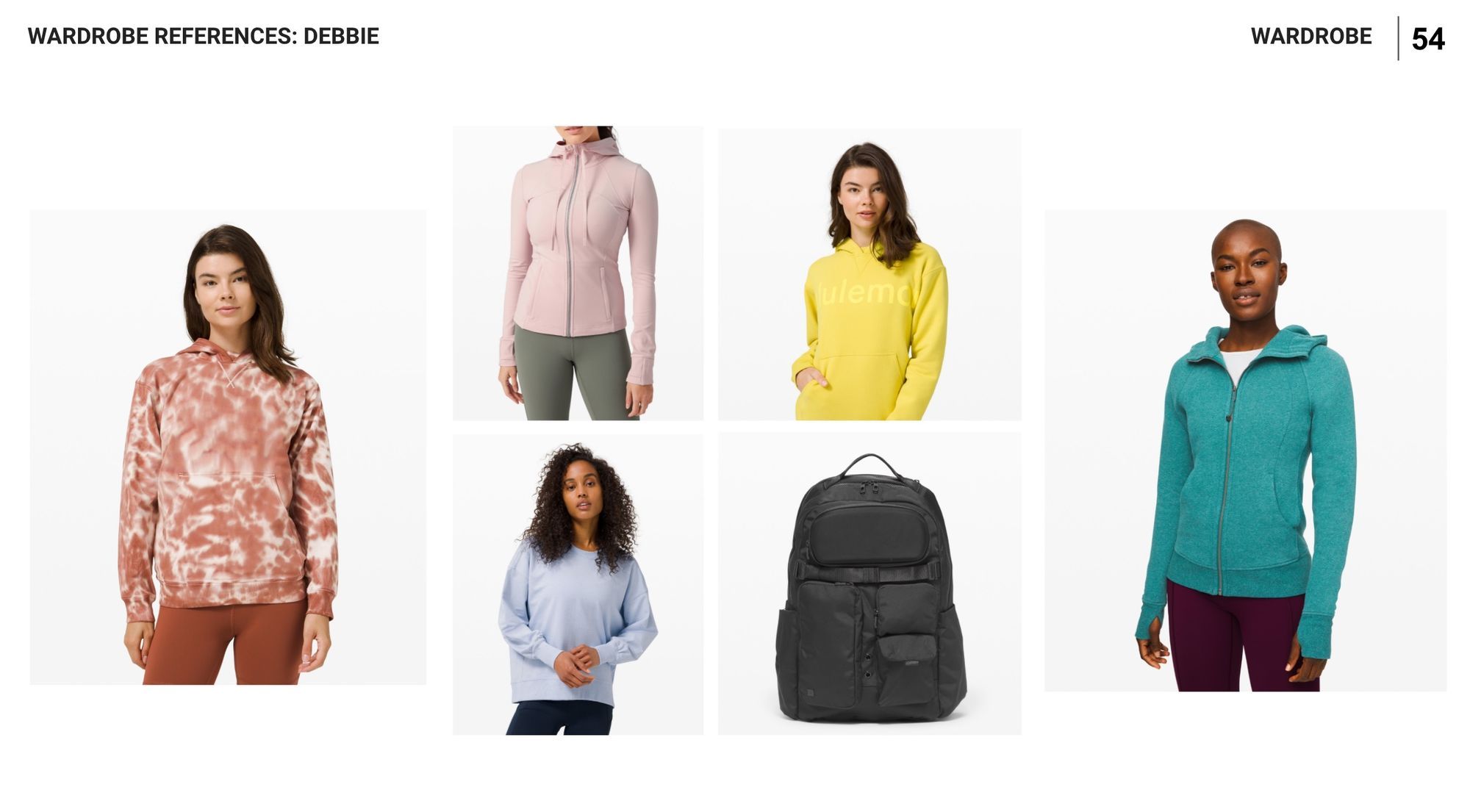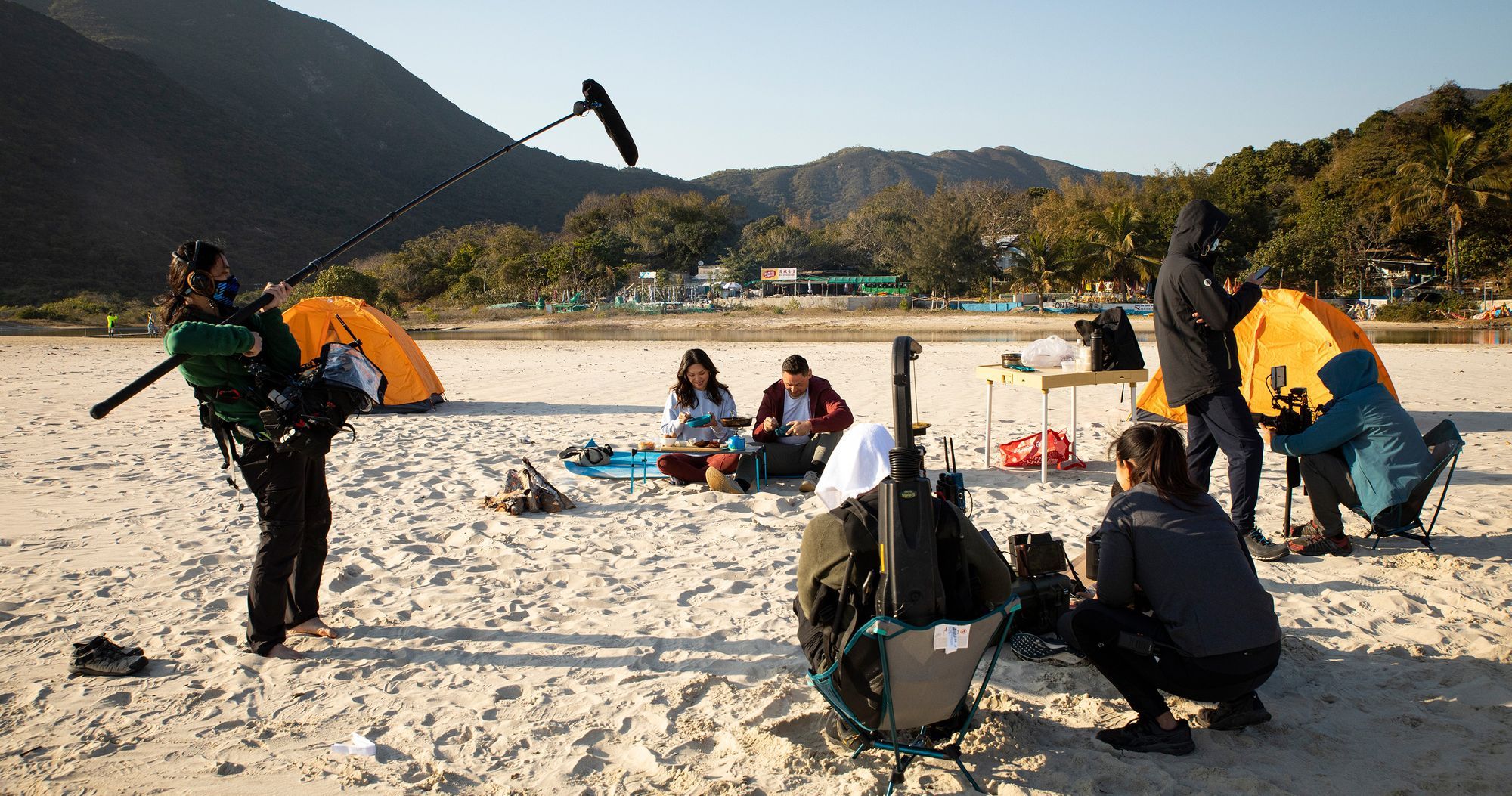People coming together to make great things happen
There is a lot involved when working on any type of commercial film production. No matter if it's a television commercial or a business promo, the process is complicated and involves lots of different people that work on the film production in different stages. In this article, I'm taking you through the full production process from storyboarding to the final audio mix. This process is based on how I work on the majority of my films as commercial film director. A lot of this is industry standard but depending on the size of the production certain aspects might be left out or there might be a lot more to do with even more different departments.
The Creative Stage
When working with a direct client, I will brainstorm several concepts for the video project in the creative stage. When working with a creative agency, I will explore interpretations and interesting executions for the creative that is provided by the agency. This process is led by myself (the director) but can involve almost the entire team, from producers to cinematographers, visual effects designers and editors. While creative is treated openly and creativity is not blocked, it's always important to think about the creative within the limits of the budget and logistical constraints.
After the brainstorm session, I will create a treatment or proposal which captures the vision for the film project. This includes anything from the proposed story to camera style and even the music that will be used. This will then be shared for feedback or approval by the client and will form the foundation of the film.
The Creative Phase is all about creating and imagining the best story and video possible within the parameters of the project brief.
The Pre-Production Stage
In the pre-production stage, the team starts to organise everything that is needed to bring the creative vision to life. This stage can be further broken down by department.
Creative Department
The director will work with a storyboard artist to sketch out the entire production so the client and the rest of the team know exactly what to expect on set.

Based on the storyboards, I will create a detailed shot list to make sure everything that is required to be captured on the shoot days will be filmed.

The director will select the best cinematographer for the project and will discuss how to achieve the desired look for the film.
If required, myself and the producers will also meet with the production designer, wardrobe stylist, music composer and any other department that requires to be briefed.
I will then work with the producer to create a Pre-Production document for presentation to the client. This document includes all final details before the shoot from make-up looks to wardrobe, props and everything in between. It's the final document client signs off on before the cameras start rolling.

Camera Department
Based on the director's and producer's brief, the camera department will book the relevant equipment and perform any required equipment tests.
The cinematographer will draw up lighting plans, and if required, a pre-light or test day will be scheduled.

In the pre-production stage, the film production company starts to organise everything that is needed to bring the creative vision to life.
Production Department
The producers do a lot of the heavy lifting in the pre-production stage as they manage all the different departments to have everything ready in time for the shoot. While the ultimate list of parts of the production they are involved in is enormous, the below are the ones that will happen on most commercial film productions.
Locations and Permits
The producers will work with location scouts to find the best locations to film in. They will organise recces (reconnaissance) for myself and the cinematographer to visit the locations to see if they fit the vision.
Once locations are selected, they will obtain approval and apply for the appropriate permits. This can get quite extensive with road closures and dedicated parking for the many production vehicles.
Scheduling
The production team will create a detailed schedule for production and post-production so the client, agency and production partners know all relevant deadlines.
They will also take the director's shot list and will liaise with the cinematographer to determine the most efficient order of shooting the production. This is usually a very complicated puzzle having to mix in location, camera, talent, creative and client requirements.
Booking Crew & Talent
Production sizes can range from a few crew to hundreds. The production department is in charge of securing all crew and negotiating their rates.
The producers will also engage talent agencies and casting agents to find the right talent for the project. They will organise castings and finalise all talent contracts.
The producers do a lot of the heavy lifting in the pre-production stage as they manage all the different departments to have everything ready in time for the shoot.
Travel
With local shoots, the producers will organise transport when this is required. However, when a shoot goes international it's an entirely different ball game. The producers will organise visas and work permits (which can sometimes be a lengthy process). They will organise accommodation and will partner with local support when needed. When filming overseas with equipment, we also have to deal with import and export laws since the gear is usually worth tens of thousands of dollars. The producer checks regulations in each location and works with the relevant customs departments to organise a carnet. This special document allows us to move gear freely without having to pay import and export fees.
Production Documents
Before the shoot, the production-coordinator will put together a call sheet. This document contains all the key information for everyone required on set. From contact details to exact parking spots and much more.
The Production Stage
Game day. Everything has been building up to the shoot. It's where everyone comes together to bring their best and make something magical.
Before the client and agency arrive, most crew departments have already been working for a while. This is so that we can start filming as soon as the decision-makers make it to set.

During the shoot, we film as efficiently as possible by using the shot list that has been created by the production department. This is usually not in chronological story order. As we film, the advertising agency and the client have the opportunity to approve each shot before we move on. This ensures that there are no surprises in the editing process.
When the shoot is finalised there is a lot more that happens. The camera department checks all the gear and returns this to the rental houses if needed. Most importantly, the footage is taken to the edit suite where it is checked and backed up. Depending on the format of the files, the editors will start the transcode process to create files that are easier to edit with.
The Post-Production Stage
The Post-Production Phase is all about putting together the captured production elements into a cohesive video and story. The post-production process exists in multiple phases that are performed by different departments.
Offline Edit Phase: Constructing the narrative
In the offline edit stage, the team of editors works together with the director on assembling the captured footage in a narrative. The script and storyboards will be used as a guide but can be deviated from in the edit if a change in direction gives better results.

Since the offline edit is all about the story and the structure, it does not feature any sound mixing, colour correction or animation. At this stage, we will also include a guide voice-over which will be replaced with a professional voice-over if the final film requires one.
Once I am happy with the offline edit it will be shared with the creative agency and/or client. We will go through multiple rounds of revisions until we achieve picture lock. Once we achieve this we can move onto the Online Edit Stage.
Online Edit Phase: Making it all look amazing
In the online edit, the offline edit is finessed to go live. If edit-friendly (but lower quality) proxy files were used, the editor will relink the original high-quality media. The colourist grades the film so it matches the look the director and cinematographer envisioned and the animator animates any graphics and titles.
Sound Design Phase: Making it all sound amazing
Sound design really makes a film come to life. In this stage, multiple sound departments work together to create a final audio mix to specifications (which can be quite stringent if the film is broadcasted in cinema or on television).
The recording studio will record the voice-over to match the placement of the previously recorded guide voice-over. The offline editor can adjust the placement of the new voice-over and can adjust the edit slightly to make it match if there is a change in tempo.
The sound designer will add sound effects throughout the piece to make the environment come to life. They will also perform a final mix which will make everything sound as good as it can.
We lock the picture because the colour grade and sound design need to be performed on an edit that will not have its structure changed anymore. If the structure would change during the online or sound design phase this would cause a lot of extra work which is a waste of time and money.
Mastering Phase: Encoding
Once the final film is approved by the director, creative agency and client, it is ready to be mastered. Since every platform has different requirements, the editor makes sure that the master files match these requirements. This is specifically important when we create a commercial since the cinemas and television channels have particular conditions when it comes to vision, sound and file type.
The Reflection Stage
Film production is generally a rollercoaster ride and it's important to slow down and reflect before moving onto the next big thing. No production is ever perfect and we can learn from the hurdles to improve for the next project. I also schedule a debrief with the creative agency and/or client. This way we can find out how they experienced the process and what parts of the process we can improve to make it easier on their side.
After all this, it's on to the next one!
